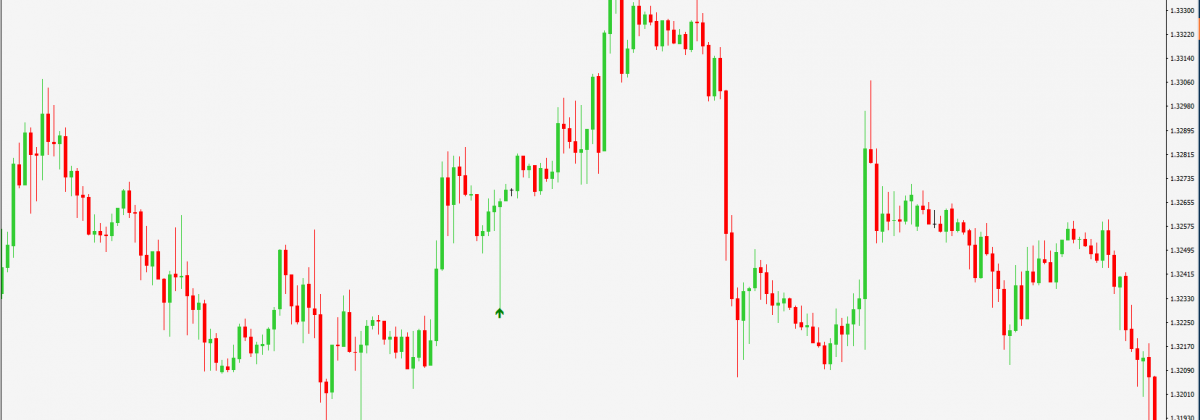While it may sound like the end of your holiday in the sun, an Island Reversal, is in fact not such a depressing thought. It is in fact a very useful technical pattern that if identified and understood may mean more holidays in the sun for you.
An Island Reversal is a significant candlestick formation that helps traders make predictions about future market movements. These patterns are generally news driven and occur mainly because conflicting news events occur within a short time frame.
When an Island Reversal pattern is in play, the price of a currency pair will gap either up (or down) trade higher than this price and then gap down (or up) below the initial price. To use these patterns in forex trading, you first need to understand their features.
Understanding Island Reversal Patterns
Island Reversals are easily noticeable and provide a dramatic reversal, wherein the price of a currency, which had moved in a particular direction, is countered with the same enthusiasm, but now in the other way. These types of patterns are generally news-driven, with substantial volume witnessed on both the initial breakout and the subsequent failure of the Island Reversal.
Also called term killers, these reversals usually lead to the formation of large patterns that follow the trend. An Island Reversal is a single, isolated price bar, with an up gap on one side and a down gap on the opposite side. It gives an appearance of an island in a sea of price bars and is almost an unusually long bar with a wide high-low range.
For example, if after an extended rally, the EUR/USD pair opens well above the most recent trading range and following some news event. Although this breakout, from the previous consolidation pattern, occurs on huge volumes and appears to be the right move, after some days, the pair fails to move up significantly. This generally makes new traders panicky.
And after this, some news contradicting the earlier news that led the breakout, comes out, making new traders even more anxious, leading to a sell-off. In a few weeks, the pair is well off the recent highs.
So, an Island Reversal usually occurs after the market has been moving in one direction for a while, following which the market creates a gap in the direction of the movement. During an upwards movement, the gap will be upwards, and during a downward movement, the gap will be downwards. This advancement is, however, only for a short time, and will be followed by a gap in the opposite direction.
While the first gap is considered to be an exhaustion gap, and can also be analysed by studying the trading volume, the Island Reversal is a stronger indicator, whose second gap is the result of a breakaway gap and is accompanied by volumes that are significantly higher than the first gap. So, the combination of two gaps indicates a market turnaround.
Features of an Island Reversal
Some basic features of an Island Reversal Pattern are:
- It can occur at the top as well as the bottom
- The gaps, exhaustion and breakaway, occur almost at the same price level.
- It is an indicator of a reversal of a primary or intermediate trend.
- It has compact trading activity, which is separated from the subsequent move in the opposite direction.
- High volumes are likely in that compact trading area.
Trading the Island Reversal
Now, since an Island Reversal pattern indicates an impending movement in the opposite direction of the preceding movement, it can be used to make successful trades. But remember, it is a short-term indicator and should be used wisely. There can be two types of Island Reversal Patterns, one bullish and one bearish.
Another thing to remember is that the occurrence of an Island Reversal is very rare in forex trading, but if it occurs and is sighted, a quick trading decision is required. For instance, if you are able to identify an island reversal at the bottom, a buy action is the normal course of action, and similarly, if an island reversal is identified at the top, a sell action is likely to be the appropriate decision for a fruitful trade.
Disclaimer
If you liked this educational article please consult our Risk Disclosure Notice before starting to trade. Trading leveraged products involves a high level of risk. You may lose more than your invested capital.





